|
Are you a fan of the 1922 silent film classic Nosferatu? Do you like imposing castles? Are you interested in vacationing in Slovakia? Even if you answered a firm “no” to all these questions, we recommend that you keep reading and keep an open mind. We are not ashamed to admit that we are head over heels, Tom Cruise jumping on Oprah’s couch, Billy Bob Thorton wearing a necklace filled to the brim with Angelina Jolie’s blood IN LOVE with Slovakia (FOOTNOTE: for younger readers, there was a time when Tom Cruise was married and when Billie Bob dated Angelina). It’s one of our top places to visit when we want to relax and not just work in a different time zone. Strangely enough, most Americans and Brits wouldn’t even consider Slovakia to be a prime vacation destination. Some snootier Europeans might even view it as a “flyover” country. Though we find these assessments baffling, it’s their loss, as we like our favorite sites less crowded. Because, regardless of whether you like nature and hiking (e.g., the Tatra mountains), good wine (Devín, Veltlinske Zelene ), or good food (e.g., Bryndzové Halušky), you can’t beat Slovakia. But then there are the castles. Oh, my, those castles... Literally three of the top five castles of the Proper Degenerate team are found in this tiny little country barely the size of Mississippi. Though we will have future posts on the darkly beautiful castles of Slovakia, we will start with a real winner: Castle (Hrad) Orava (pronounced oar-ah-vah). Several scenes from Nosferatu were shot here, and you can see why. It’s ruggedly beautiful, seemingly remote, and creates a vibe of “old European aristocrat”. At the highest level that tourists can ascend, there is a little display with a statue of that old, blood sucker, Count Orlok. Even if you don’t care about its connections to one of the most iconic movie vampires of all time, the castle is well worth a visit. It remains one of the best-preserved Medieval structures in all of Europe. With a bit of imagination, you can gaze through a tiny window into what it must have been like to live as a Medieval lord, lady, or peasant. If you lived here, you’d have been well protected. Orava Castle was designed for defense. High on a hill, it’s difficult to imagine trying to conquer this place only using horses, men, and medieval weaponry. Though there are no shortage of staircases, there were none back in the day. You would have had to scramble up ladders and ropes with the dexterity of a ninja squirrel just to find your way to the entrance. Once you got there, the entry into the castle courtyard is essentially just a curved stone tunnel. “Why isn’t it straight?”, you might ask. Well, this was so that Orava Castle’s troops could quietly hide just past the curve, unseen from any potential invaders. It’s a well-known fact that conquest gets a bit more difficult when you’re unexpectedly showered with arrows. Now let’s discuss a small sliver of Orava’s history. In a past post we created a cocktail inspired by Countess Erzsébet Báthory (1560 C.E. – 1614 C.E.), sometimes called the Blood Countess. Well, it turns out that the guy who arrested her and tried her accomplices - György Thurzó- owned this castle. In fact, a letter box where he and his wife kept their love letters and other correspondence remains preserved in a bedroom. Thurzó, like Erzsébet, was a wealthy noble. He eventually reached the rank of Palatine of Hungary, second only to the king in terms of administrative power. Even more interesting, he and Erzsebet’s husband, Ferenc Nadasdy, were lifelong friends. György and his first wife were good friends to Erzsebet as well, at least until her arrest for serial murder. The fact that he was the one to imprison her in her own castle (Čachtice Hrad) was likely a complicated decision for him. Regardless, György Thurzo called Castle Orava home for many years. Old György remains there to this day, lying in final repose in the castle crypt. If you want to visit his final resting place, though, you must go visit the castle in summer, as it is otherwise closed to tourists.
Along with history, grand structures tend to also become associated with myths, legends, and tragic tales. Orava Castle is no exception, and may even be a bit unique. For instance, “White Lady” tales are a dime a dozen. Many places are known for them, even Altoona, Pennsylvania (see our post on The Ghost of Wopsy here). However, Orava not only has a “White Lady” myth (i.e., the wife of a Master Donc), but a “Black Lady” one as well. The Black Lady in question is Erzsébet Czobor, the second wife of György Thurzó. She was apparently a clever woman and a talented administrator. Running entire castles wasn’t too challenging for her even when her husband was away fighting wars and trying to lock up Medieval serial killers. She was also quite imposing. For instance, many castle owners might try to keep their unruly servants in line through docking pay, firing them, or possibly imprisoning them. That wasn’t scary enough for Mrs. Czobor. She instead threatened to haunt them all after she died. Some of her workers apparently didn’t take this curse seriously, though. As a result, she is said to peer over the castle walls to this very day, spending her immortality trying to keep worker shenanigans to a minimum. Say what you will about her, but she had her principles. Getting There Hrad Orava is very easy to find using google maps or other online sources. Once you get to the town, follow the signs to the large parking lot festooned with souvenir booths and located within sight of the castle. Just be aware that parking fee is a little steep for small town Slovakia (i.e., a whopping seven euros at our last visit). We have it in good authority that the town made the decision to significantly raise the rates because tourism comes with other costs (i.e., annoying tourists), so this made us feel a bit more empathy. It might also be helpful to keep in mind that you need to be in decent shape to walk all the way to the top. You certainly won’t have to scramble up rope ladders, but the paths are steep and the steps are many. Thus, prepare for your trip a few months in advance using a StairMaster or take your time and be patient. You need to save a little energy for the last round of steps to get the best views and the full Orava experience (i.e., the mannequin of Count Orlok). We would rate this as 8/10 for castle experiences. Also, please note that the gift shop – which looks incredible – was closed both times we visited. We have no idea why, as it was supposed to be open. We surmise that it could generate a good bit of extra revenue, and we definitely had euros in our pocket waiting to buy black and white castle prints and Nosferatu neckerchiefs.. There is an online shop where you can purchase some – but not all – of the fun items we saw in the window. Side Trip Orava is within driving distance of many other castles (including Hrad Beckov). Don’t miss out on the opportunity to try some Slovakian wines while you’re there, either. It’s underrated and very affordable. Conclusions: Even if you couldn't care less about György Thurzó, Erzsébet Báthory, or Nosferatu, this would be an amazing side trip for a vacation if only for the architecture and views. Links: https://www.oravskemuzeum.sk/
0 Comments
It’s an unfortunate reality that we have day jobs and cannot yet be full-time degenerates. Though neither of us is currently employed in academia (thank the gods and demons), we both spend a good bit of time publishing articles in stodgy scientific journals. The workday striving for precision sometimes unexpectedly bleeds into weekend fun. As one example, we found an interesting way to pass the time both before and during Covid by taking a page from clinical drug trial research. No, we were not developing vaccines in the bathtub, but we started applying “double-blind” research methodology to our taste tests. Why wouldn’t we just enjoy our favorite treats, you might ask, and make the weekends more relaxing? Well, we enjoy certainty, and we wanted to see if we REALLY liked the things that we liked, or just thought that we liked them because of habit or good advertising. Of course we started with alcohol. The first of these taste tests was of bottom-shelf American lagers (i.e., there’s no need to spend a lot of money to have fun), and the procedure was pretty straightforward. One of us went into the kitchen and poured each beer from its aluminum can or bottle into an individual serving container that you couldn’t see through, writing down which beer went where (e.g., Miller High Life into blue coffee mug). Then, the other came in, poured each container into two identical opaque glasses, and wrote down which container corresponded to which glass (e.g., blue coffee mug into Erzsebet Bathory coffee cups). After this process was completed, the tasting began, and each beer was rated on various scales (e.g., hops, malts, carbonation). After the ratings were all sorted and finalized, the winner was selected, and the true identities of all beers are revealed to the shock and delight of the participants. It’s a fun party activity, but you really only need two people to do this. The results of this cheap lager test were surprising: we discovered that we ranked our formerly favorite cheap beer only #4 of 10, and one we thought was hated ended up at the top spot. We also found out that we were unanimous in still hating Busch beer the most. You can’t argue with science…  Our favorite memento from Southern Tier's Pittsburgh brewery. Our favorite memento from Southern Tier's Pittsburgh brewery. One of the things we don't hate is the fact that pumpkin beers start showing up all over the East coast of the US in the Autumn. They don’t seem to be a big thing in the UK or Europe yet, and this remains a unique American perk. Therefore, it will probably surprise no one that we’ve been annually taste-testing pumpkin beers for a few years. The results have been alarmingly consistent: Southern Tier’s famous Pumking Imperial Ale has been the winner EVERY SINGLE TIME and for EVERY SINGLE YEAR. Believe it when I tell you that we’ve done our best to knock him off his orange perch. Last year, we selected over a dozen different pumpkin competitors to take on the King. He beat them like they were like anonymous nunchuck-wielding goons in the Blade movies. We had the pleasure of visiting Southern Tier’s tasting room in Pittsburgh PA several times to pay our respects. During one visit, we enjoyed their draft Pumking so much that we made a few impulse buys of limited-edition ales (e.g., Sapsquatch – an ale made with maple syrup) and a gigantic Pumking sign. Their merch is impressive. Though we love the sign, it occasionally reminds us to drink with a wee bit more moderation. We can exert some restraint, though; we save a few bottles every year to age. We hit upon this early on, finding that a forgotten bottle was incredible a year after it was produced. We now crack open a 2- or 3-year old Pumking each Thanksgiving and Christmas to help the holidays go more smoothly. Long story short, after years of patience, we finally collected enough well-aged Pumkings to do a “vertical tasting” of seven solid years of alcoholic pumpkin-y goodness. We had some important questions: 1) How long does it stay drinkable? 2) Is there a “sweet spot” where aged Pumking is better than fresh?, and 3) What flavors change the most over time?
How long does it stay drinkable? For our sample, there was a clear line in the sand when the Pumkings stopped tasting good. This was at the seven year mark (i.e., the 2018 bottle). In order to double check and ensure reliability, we cracked open our very last remaining 2018 later that night with the same result. A pity, as 2018 was a very good year. Is there a “sweet spot” where aged Pumking is better than fresh?, Yes! It seems to be somewhere between two and three years. At some point during that time, Pumking matures to a “liquid cocaine” stage where the malts are perfection, the hops mellow, yet the spices remain punchy and beautiful. What flavors change the most over time? There was some variability on this. In general, the malt flavors held up the best but the hops obviously lost some potency with age. The spices were the real wild card, though, with some flavors becoming MORE dominant over time, but not in a systematic way. More generally, the pie spices seemed to hang on pretty well, but became harder to differentiate over time (i.e., not tasting cinnamon, but tasting “spice”). Finally, when the time of tasting and judgment was over, we thought it might be fun to blend of all the non-skunked versions. This did not go well. For some reason, you need to keep the Kings separate. I guess they don’t like to share the stage, and you don’t want an international war in your glass. Now, we should note that we have had other high ABV beers in our life that were aged longer than seven years. Though we did a pretty good job keeping them in dark and (relatively) cool places, the temperature was not completely uniform, so we could have cocked up and/or accelerated the aging process. That being said, even under imperfect conditions, the fact that a five+ year old ale is not only drinkable, but a real treat, is pretty impressive. Kudos to the Southern Tier folks for crafting a true American masterpiece. You may even still be able to pick up a six-pack of the 2024 if you do a little searching Snippets of our tasting notes below if you’re true beer nerds: 2018
2019
2020
2021
2022
2023
2024
LINKS
Just a few months ago, we started our homemade, just south of the Mason-Dixon Line version of that trendy, hipster-beloved beverage called amaro. Ours was inspired by Italian Nocino (or French liqueur de noix). The original post can be found here. We make this liqueur every year. However, instead of using English walnuts (juglans regia – which strangely enough originated in Iran), though, we use eastern American black walnuts (juglans nigra). They are far easier for us to harvest, as we have three trees in the backyard. However, there is another important reason beyond laziness that we prefer the New World nuts to the Old: the flavor is VERY different.  Nocino originated in the Emilia-Romagna region of Italy. We visited this region two years ago and, as you can see, it isn't hideous. Nocino originated in the Emilia-Romagna region of Italy. We visited this region two years ago and, as you can see, it isn't hideous. English walnuts are mildly sweet, have lots of healthy fats in them, and are a wee bit bitter. They are extremely healthy snacks and can be used in savory and sweet dishes. We love them on pasta and stuffed into Mediterranean pastries. The English type is far more versatile and less polarizing than black walnuts. The black ones have even more protein than the English type, but less fat. They are also MUCH stronger in flavor. Let’s say a dish calls for a cup of English walnuts. If you even substituted ½ a cup of black walnuts, you would completely overpower it. If English walnuts are button mushrooms, black walnuts are truffles. A little goes a long way. A very popular ice cream flavor on the East coast of the US is black walnut, and it is for this reason. But back to the amaro. After two months of patient waiting, daily stirring, and the occasional taste test, our homemade nocino was ready to be decanted. This process took about 45 minutes. We first used a kitchen strainer to filter out the sad black walnut corpses as well as the vanilla bean and remaining spices. Then, we filtered the remaining liquid through everyday coffee filters. This is what took the most time. You can probably skip this step if you don’t mind a lot of walnut debris at the bottom of your bottle, but we wouldn’t recommend it. There was a LOT of debris. As we can be impatient people, we changed filters about every ¾ cup or so to speed the process along. We might have also put on a fun podcast on serial killers to help pass the tedious time. After our alcoholic nut juice was all nicely filtered, we blended about 1/3 of the mix into our “master blend” bottle. This contains some of every nocino we’ve made for the past four consecutive years. We only break this stuff out on special occasions, as it is amazingly delicious. The remaining nocino was put into repurposed (and assiduously cleaned) liqueur bottles and labelled so we don't forget the contents. It’s technically ready to drink at this point, but for the first few months after decanting we tend to mostly use it in cocktails as opposed to serving it “neat”. This is because it become much smoother and “softer” with a bit of age and with a little oxidation. After about three months, try it chilled with a splash of lemon juice and your mind will be blown by this cheap backyard tipple. Please feel free to send us thank you emails after you try it. Tasting notes:
Adjustments:
Another recipe:
-------------------------------------------------------------------------------------------- Of course, it would be a shame not to give an example of how to use it in a cocktail. We call this recipe The DC Noir, our version of a Black Manhattan
Stir with ice (about 60 revolutions), strain, and garnish with a cherry and enjoy the taste of Autumn. As the late, great Anthony Bourdain famously said: “Eat at a local restaurant tonight. Get the cream sauce. Have a cold pint at 4 o’clock in a mostly empty bar. Go somewhere you’ve never been. Listen to someone you think may have nothing in common with you. Order the steak rare. Eat an oyster. Have a negroni. Have two. Be open to a world where you may not understand or agree with the person next to you, but have a drink with them anyways. Eat slowly. Tip your server. Check in on your friends. Check in on yourself. Enjoy the ride.” We’ve always agreed with his approach (except for the rare steaks, we’re vegetarians). So, when our local hosts asked us if we wanted to hit a local brewery at 1pm and have some traditional Slovenian food, we obviously said "Yes!" We found ourselves at Pivovarna Zajc, translated as “Rabbit Brewery”. As you can see below, they have a booming bunny theme for their establishment. It will perhaps come as no surprise that we had an amazing carrot soup (with a generous pinch of saffron); local homemade pasta stuffed with potato and served in a pumpkin, leek, and carrot sauce; and – surprise surprise, carrot cake for dessert. The other folks had local fish, so jokes about us eating like rabbits abounded. It's amazing how beer can bring people together. The conversations were far-ranging and covered Slovenia, America, Gen Z work ethics, music, terrible government taxes, home ownership, etc. After a brief lull in the conversation, the owner said: “You see that cave over there?” PD: “Yeah” “That’s where archaeologists found the first flute” PD: “Wait, that one that was made by Neanderthals!?” “Yes, right over there." This was an unexpected surprise. As lovers of all things historical, we had actually read about this discovery years ago. So right here, in this very special area riddled with caves and flowing with good, clean, magnesium-rich water, is where musical instruments may have been born. It kind of makes sense. People lived in the caves in this area for millennia. They likely had to fight with cave bears and other megafauna (that have sadly gone the way of the dodo) for a chance to get a little break from the cold. It was in this very place, approximately 60,000 years ago, that some clever neanderthal with an artistic bent had some ice age inspiration. He or she poked some holes in a piece of leftover femur from a cave bear to create what may have been the very first wind instrument. It's a mere 4.5 inches (11.2 cm) long. Why did they do it? There’s probably not that much to do if you’re living in a cave except stare at fires and paint on walls with ocher. Even if a man didn’t craft it, this is still pretty macho. Who kills something and then turns the corpse into a goddamned wind instrument?!? We give it an A+ for creativity and an A+++ for the sick sense of humor. If you want to see this boney flute for yourself, you need to travel to , just can be seen the National Museum of Slovenia in the capital city of Ljubljana. But back to the beer… This place started during Covid and has been steadily expanding since then, with a good bit of variety (i.e., stouts to wheat beers, not bears). Outside of Czechia (see previous posts here and here), it’s very hard to find beer that tastes so “clean”. The secret has to be that water and the brewmaster's attention to detail. They also only use hops from Slovenia (with the malts imported from Belgium). Pivovarna Zajc is just one of over 90 microbreweries for around Slovenia’s two million people. Just for perspective, that’s about as many people as are in Washington, DC and its suburbs. Flavor Notes: The clear water is the star here.
So, if you would like to visit for yourself, just click here to see when they're open and take your rental car to Reka 27, Reka 5282 Cerkno, Slovenia. Side Trips:
You MUST try some Slovenian cheese (sir). Each region has its specialty. We are partial to tolminc cheese from the area around Tolmin. Though you can find it at the store, it is best when bought directly from a local babushka who hangs a little sign outside of her house. We also found it the large, local grocery store in Nova Gorsica Slovenia. Hiking is a BIG deal in this area. Everywhere you look are stunning, crystal-clear rivers and streams, with well-marked paths against rugged mountains. Watch out as they paths might double as local roads and can be colonized by cute, long brown slugs after a good down pour. Conclusions: Go to Slovenia. Eat the sheep cheese. Order a local beer at 1 pm and chat with the locals. Then, when you are nice and relaxed, craft a musical instrument out of the bones of your enemies. |
Categories
All
Archives
June 2025
|






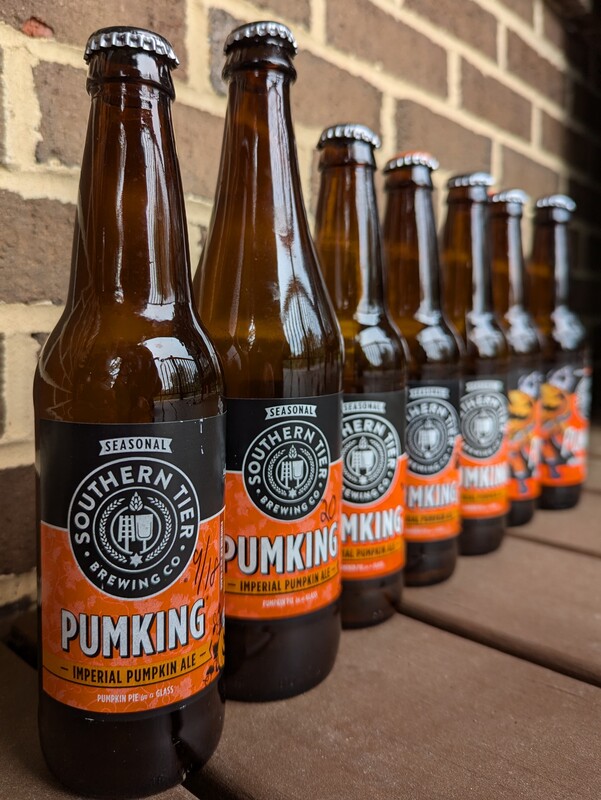
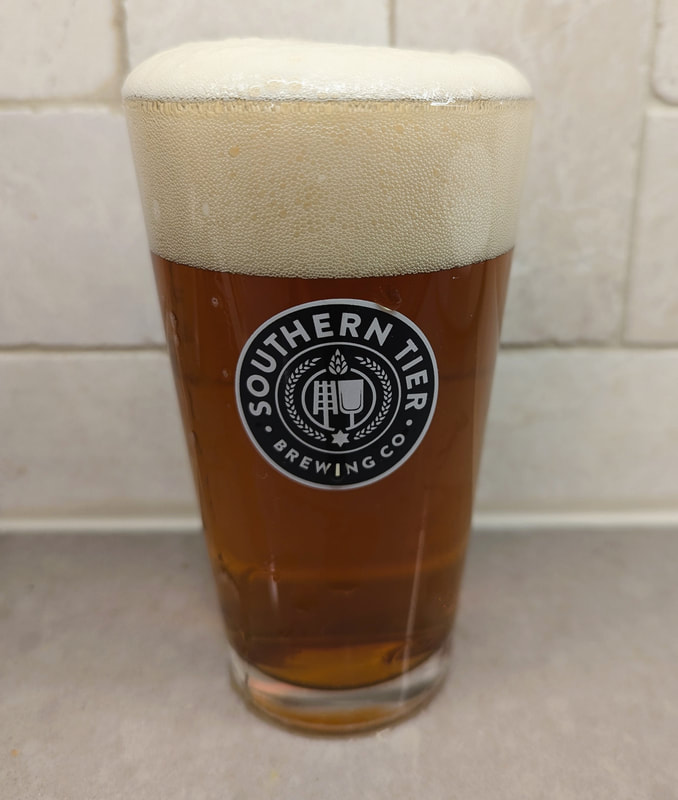



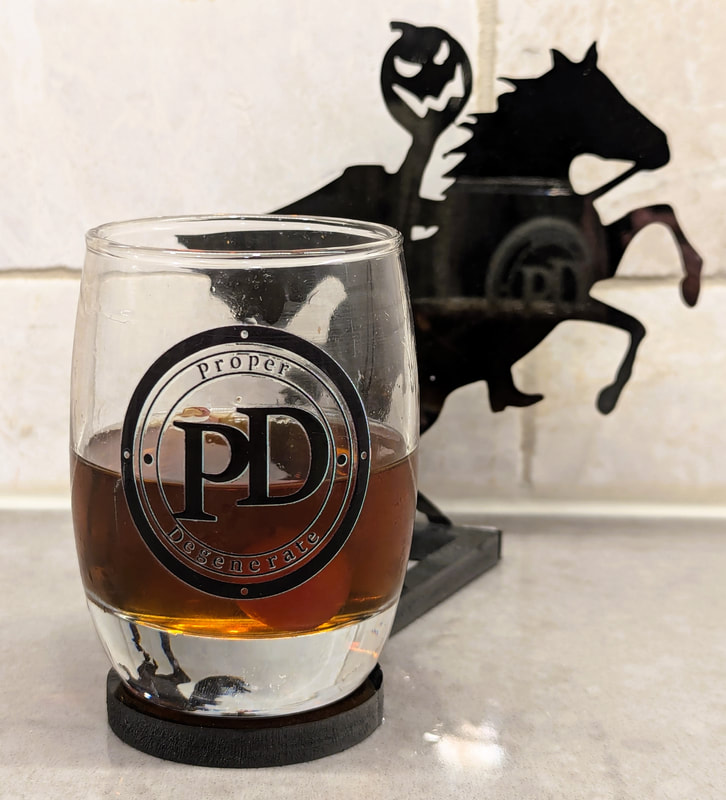
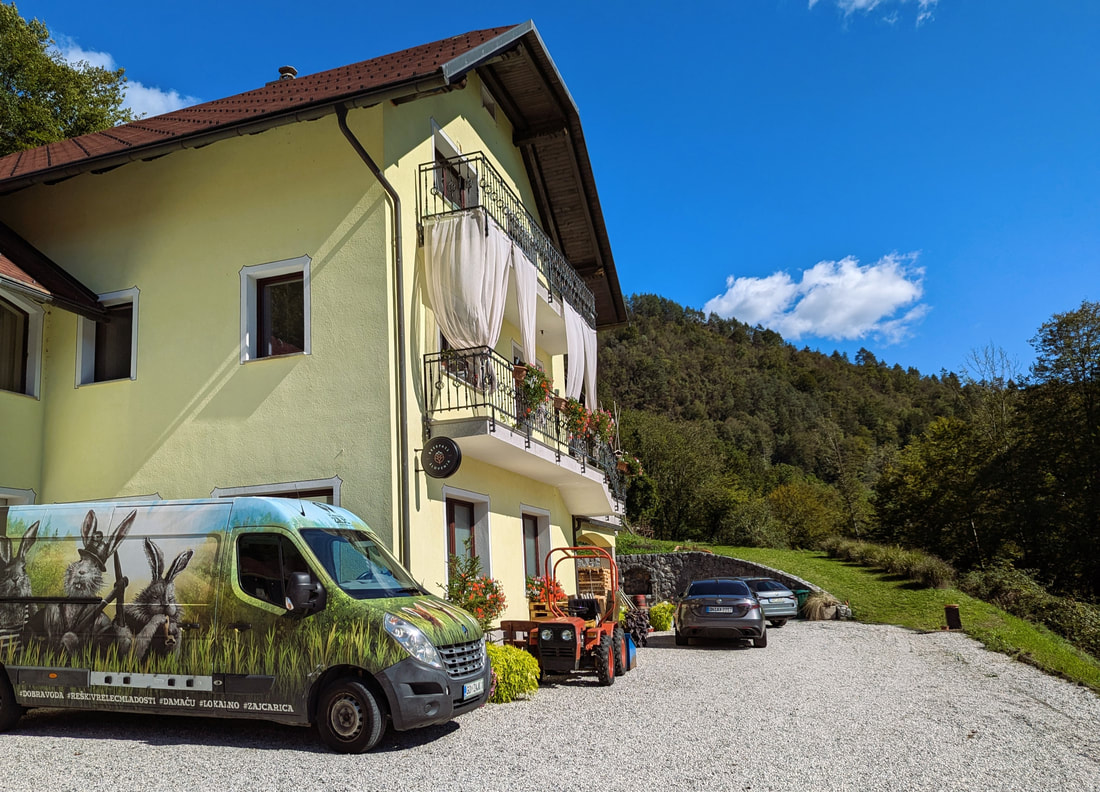
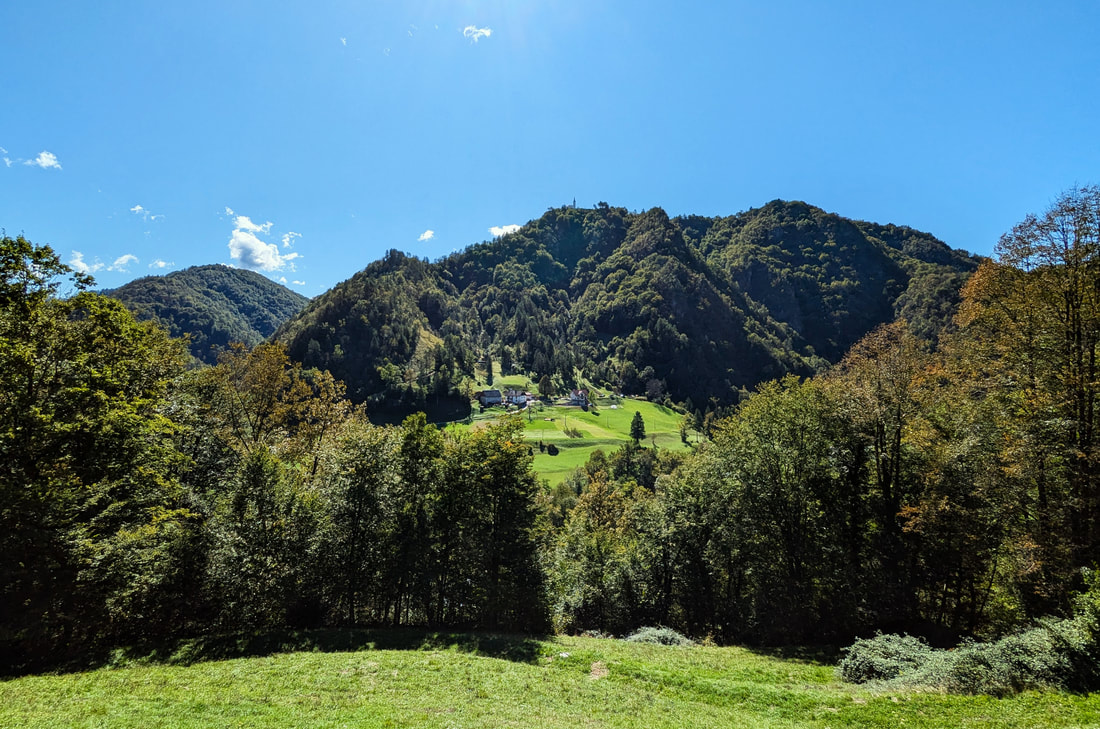

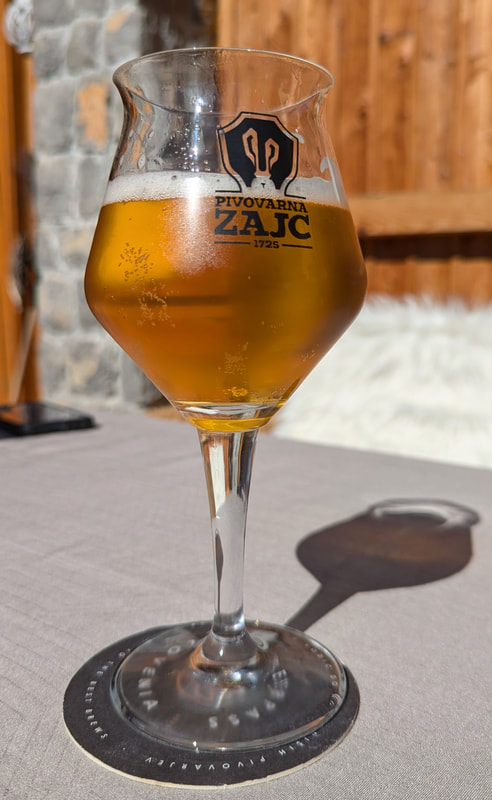
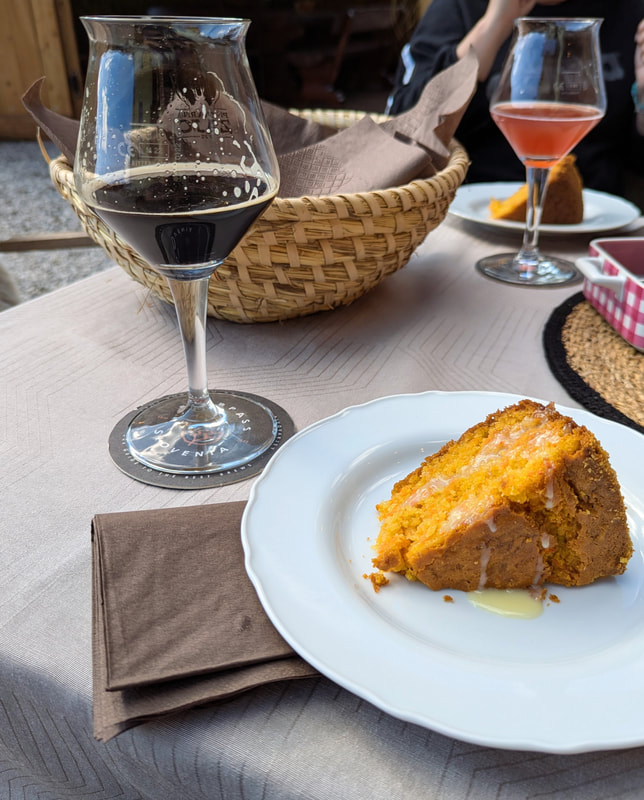
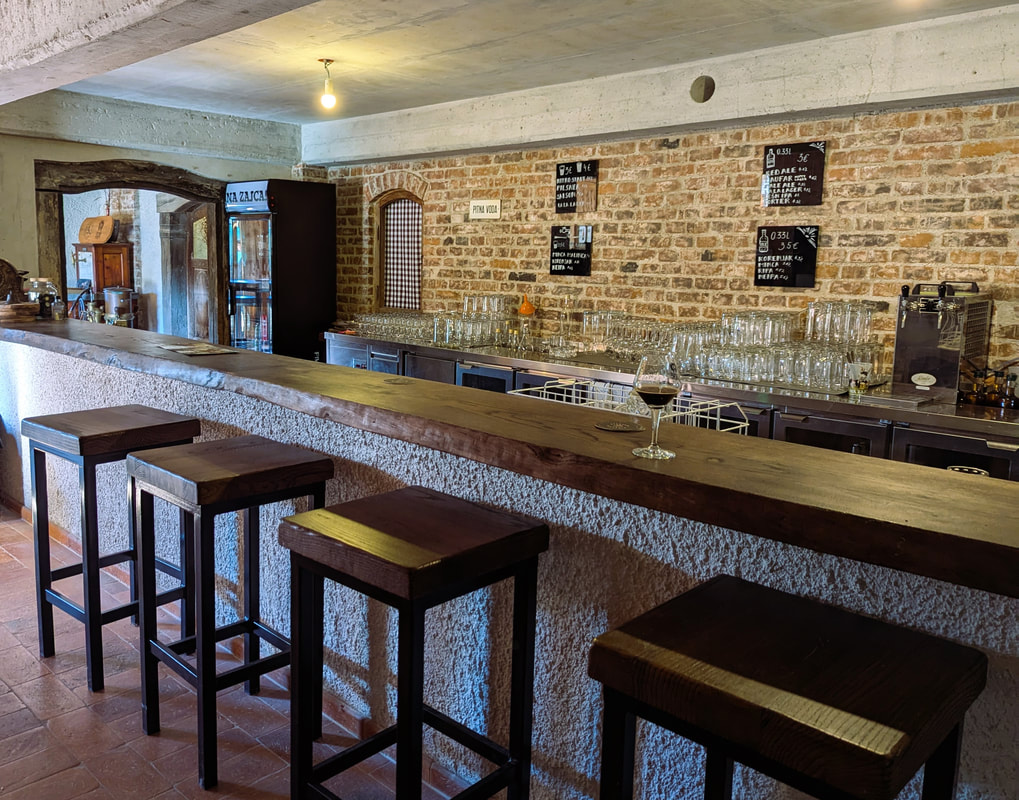
 RSS Feed
RSS Feed